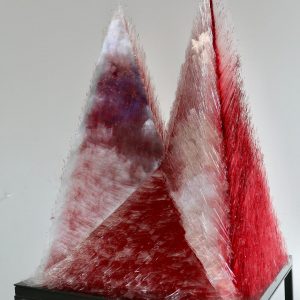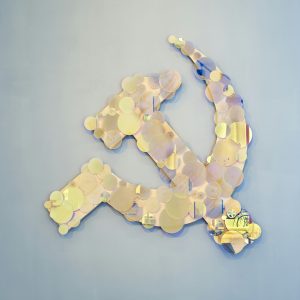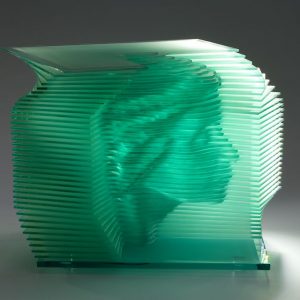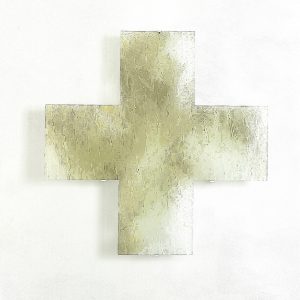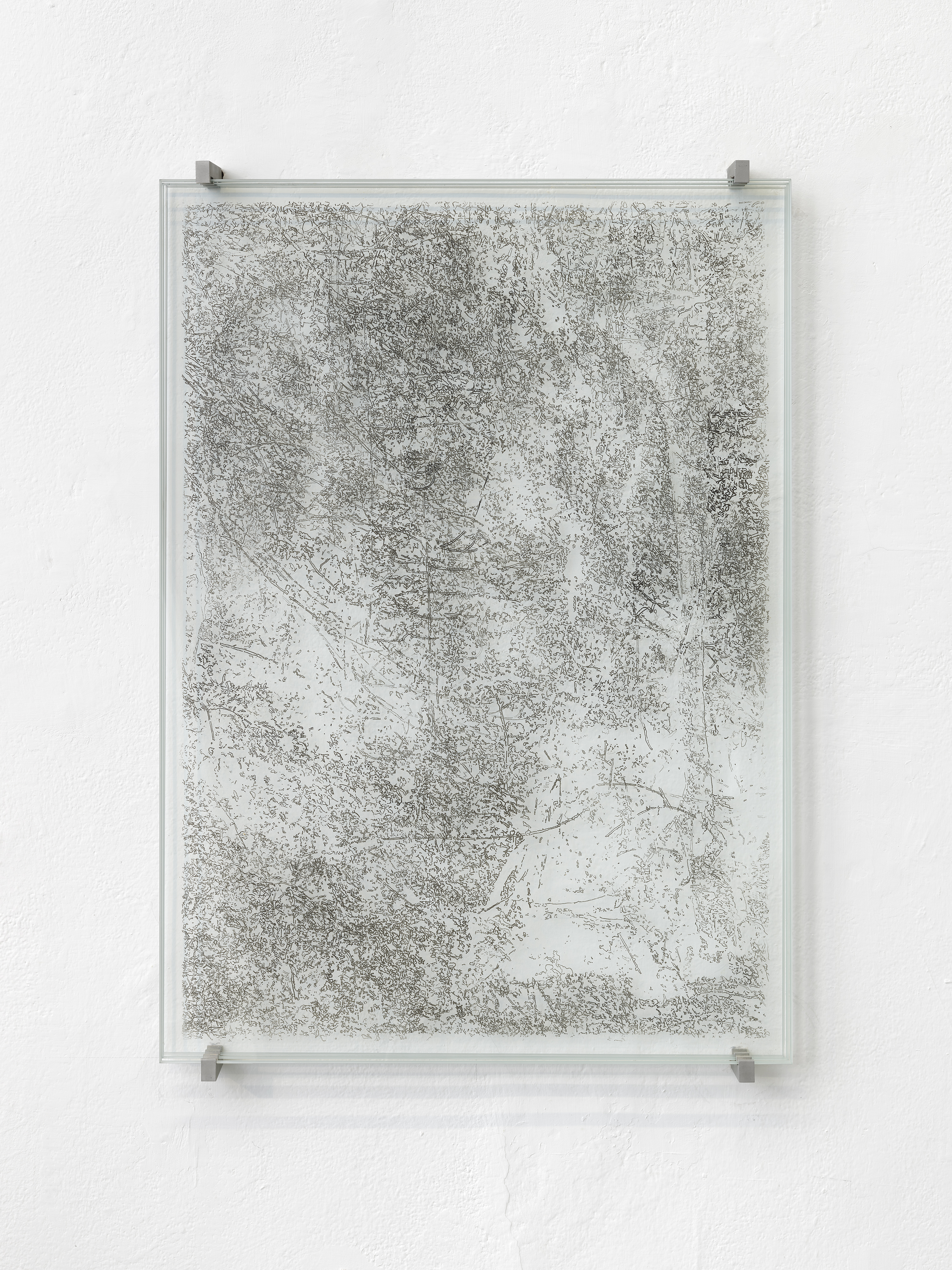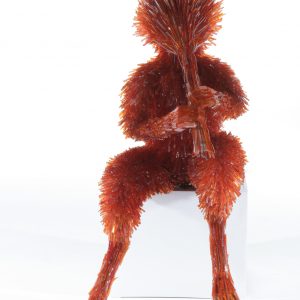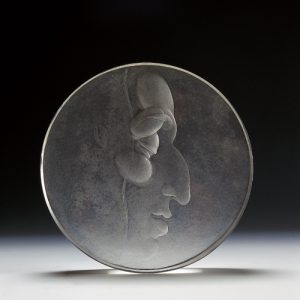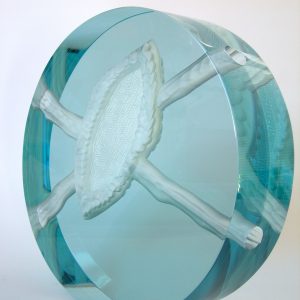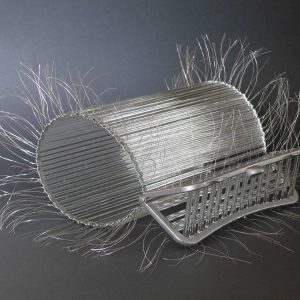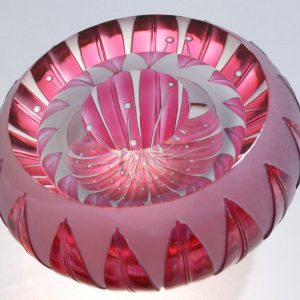Cold! Art glass using coldworking processes
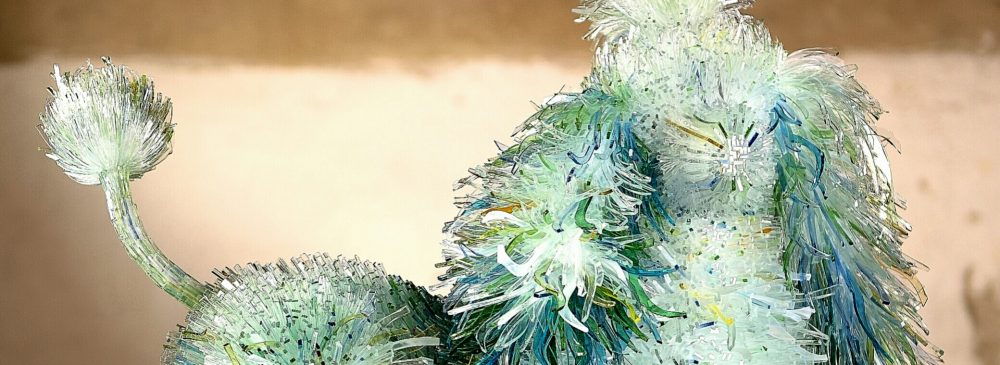
Cold! Art glass using coldworking processes
Poignant fragility and razor-sharp hardness, luminous colours and shining clarity – glass offers fantastic possibilities for creating profoundly expressive artworks that display both aesthetic and technical brilliance. Artists who work with glass do not rely solely on familiar processes such as casting and blowing the molten, i.e. hot, glass. On the contrary, once the glass has cooled down, it can be technically processed further at room temperature without further exposure to heat using methods such as cutting, grinding, polishing, engraving, etching, laminating, bonding, sandblasting, wiring and painting. These diverse steps that go into further shaping or finishing the cooled glass are subsumed under the collective term “coldworking techniques”.
From this so-called “cold glass” artists create astonishing works, a selection of which is on view at the Glass Museum Lette, arranged in groups. Some of the pieces are on loan from artists while others come from the museum’s own collection. Viewed together, they draw attention to the multi-faceted and diverse possibilities of coldworked glass.
Among the featured artists is Marta Klonowska, who has gained recognition on the international art market over the years with her unique animal sculptures and installations. Based on motifs in old master paintings, Klonowska constructs naturalistic animals and figures using metal armatures onto which she assembles countless precisely cut shards and rods of coloured glass. As if by magic, the cold, rigid glass is transformed into soft, lifelike bodies, putting creatures in the spotlight that are otherwise mere extras in the venerable paintings. Josepha Gasch-Muche for her part uses coldworking to create fascinating iridescent murals and three-dimensional objects made of splintered glass. To make them she breaks apart paper-thin, irregularly formed display glass and then layers the splinters over and next to each other, gluing them together invisibly. When light falls across the layers, the works take on a vibrant, almost sensual, air. They appear to move and change depending on the angle of incidence or strength of the light and the position of the viewer. Cuban artist Carlos Marcoleta is at home in diverse fields – including glass. With finesse and craftsmanship, he layers custom-cut pieces of satin-finished float glass to form a structure, an inversion of positive and negative form, for example in the portrait of a woman who seems to be trying to free herself from inside the glass panes. Marcoleta’s work continually changes its appearance with the viewing angle, allowing the observer to explore “Mujer 2” layer by layer.
These and other glass objects by masters of coldworking techniques interact with and enrich one another in a way that is rarely seen in exhibitions and which makes a visit to the Glasmuseum Lette all the more rewarding.
The current Coronavirus Protection Ordinance of the State of NRW applies!
Photo above: Marta Klonowska, Jeune Femme en Robe à la Polonoise after Pierre-Thomas LeClerc, 2019 – Photo Artur Gawlikowski, Galerie lorch+seidel contemporary
Photos (from left):
Josepha Gasch-Muche, T. 10-01-17, 2017 – Photo Josepha Gasch-Muche
Jens Gussek, Hammer und Sichel, 2016 – Photo Eric Tschernow, Galerie lorch+seidel contemporary
Carlos Marcoleta, Caribena-Mujer 2, 1997 – Photo Horst Kolberg
Masami Hirohata, Natura Morta, 2015 – Photo Eric Tschernow, Galerie lorch+seidel contemporary
Anne Knödler, Hoffnungsglück, 2014 – Photo Eric Tschernow, Galerie lorch+seidel contemporary
Gerd Kruft, Kubus mit Blau, 2006 – Photo Gerd Kruft
Judith Röder, Dickicht 2, 2017 – Photo Eric Tschernow, Galerie lorch+seidel contemporary
Marta Klonowska, Die Versuchung des Heiligen Antonius (Flötenspieler), 2008 – Photo Stephan Wieland, Galerie lorch+seidel contemporary
Jiří Harcuba, Chopin, 1982 – Photo Ron Zijlstra
Ronald Fischer, Ein Stück Unendlichkeit, 2005 – Photo Ronald Fischer
Olga Pusztay, Tasche, 2008 – Photo Zoltan Szalai
Katharine Coleman, Small Ruby Waterlily, 2014 – Photo Katharine Coleman


